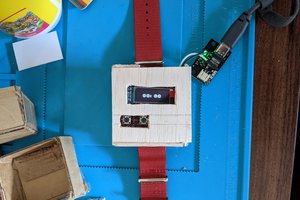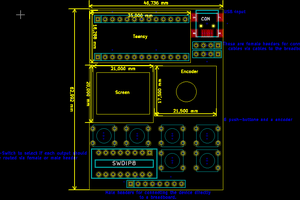Some of the features that are to be included in the design are a low power standby mode. Power on, power off, idling, swinging and clashing sounds. The standard and clash color of the lightsaber will be selectable through software and the blade should flicker smiler to the movies. Some stretch goals include an auto-calibration mode, having multiple sounds for swings and clashes, and a blade lockup effect.
LightSaber
Build an LightSaber soundboard with buit in LED drivers
 aalves
aalves

 Bob Baddeley
Bob Baddeley
 Maso
Maso
 Victor Vikström
Victor Vikström